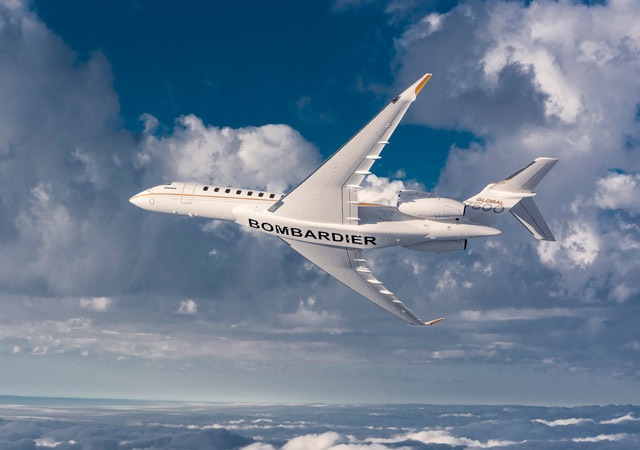

It is in the midst of a major expansion, recently bringing a facility in Berlin in-house and other projects set for completion in Singapore, London, Melbourne, and South Florida over the next couple of years. Overall, he was optimistic that order activity had strengthed by the end of 2020 with 43 gross orders in the fourth quarter and said that momentum has carried into this year.Īt the same time, the company expects service center sales to account for a greater share of overall revenues. Martel said the company is remaining conservative in its outlook but was encouraged by pre-owned aircraft metrics and positive reports from major fleet owners regarding new customers coming into the market. Bombardier is seeing some demand as a result on both the Challenger and Global side. However, by 2025 it expects revenues from aircraft manufacturing to grow by almost $1 billion. Bombardier, which carries a $10.7 billion backlog, plans to hold production steady for now. Martel believes that 2020 will be the low point for the market but that it would take several years to return to 2019 levels. The company has reached its targeted run rate of 35 to 40 per year.Īs for revenue growth, it expects about half to come from aircraft sales and the remaining from the aftermarket. Martel said production is sold out through 2023 and interest and orders have remained strong. The 45 currently in service have accumulated more than 7,400 hours and 3,400 cycles and are achieving a 99.7 percent dispatch reliability rate.

Many of the typical early growing pains and ramp-up risks are now in the rearview mirror.” “The program continues to mature as planned. “We’ve already achieved a 40 percent reduction” in the first 50 aircraft, the bulk derived from labor costs involved with the learning curve of the build. Bombardier president and CEO Éric Martel expressed confidence in that target, noting the company has “good visibility” on those costs with production already having begun on the 89th unit and work on the 100th aft fuselage underway in Mexico. It estimates that costs associated with Global 7500 production will drop by 20 percent over the next 50 aircraft. The company’s flagship Global 7500 will remain a key part of reaching its profitability goal, as it turns this year “from negatively impacting earnings to being the biggest EBITDA contributor over the next five years.” Bombardier is reaching the milestone as it hands over the 50th copy this quarter. That represents a jump from the $5.6 billion in revenues and $200 million in earnings in 2020. Revenues are anticipated to grow to $7.5 billion and earnings (EBITDA) to reach $1.5 billion with a 20 percent margin by 2025. Bombardier expects its Global 7500 ramp up-along with significant growth in its service center capacity and a gradual market improvement-will help boost profitability by 50 percent on a compound annual growth rate (CAGR) through 2025 and drive a nearly $2 billion increase in annual revenues.


 0 kommentar(er)
0 kommentar(er)
